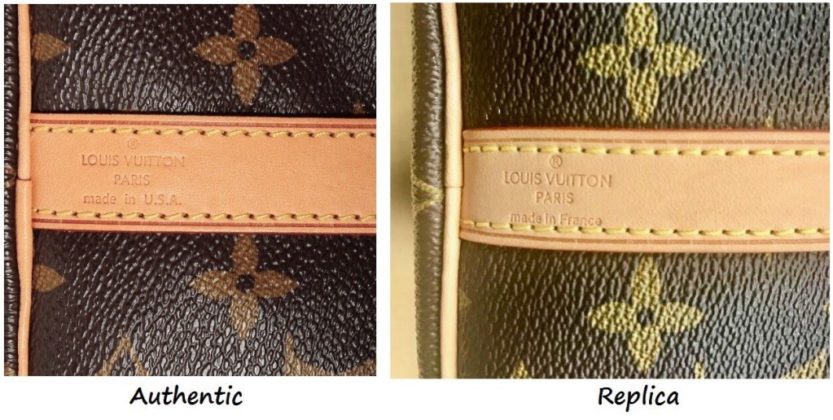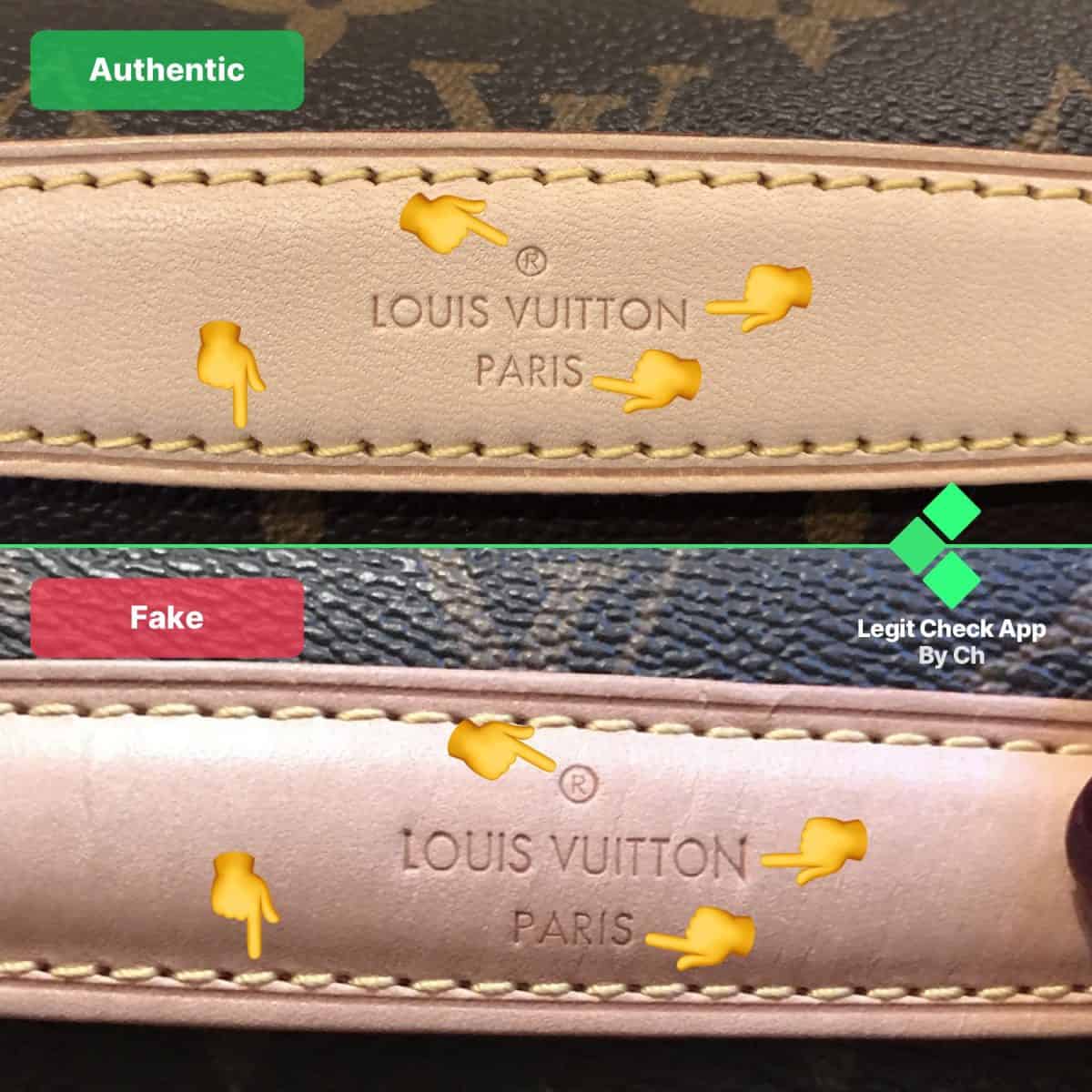How To Know Authentic Lv Bag

The allure of Louis Vuitton (LV) is undeniable, a symbol of luxury and timeless style that transcends generations. However, this desirability has made LV a prime target for counterfeiters, flooding the market with convincing fakes. Navigating this landscape requires vigilance and a keen eye for detail to ensure you're investing in genuine craftsmanship, not a cleverly disguised imitation.
This article serves as a comprehensive guide on how to authenticate a Louis Vuitton bag. We will delve into the specific details to examine, from the construction and materials to the finer points of hardware and stitching. The goal is to equip you with the knowledge to confidently distinguish between an authentic LV piece and a counterfeit one.
Decoding the Details: A Step-by-Step Guide
Authenticating a Louis Vuitton bag requires a meticulous approach. There is no single "magic bullet," but rather a combination of factors that, when considered together, reveal the truth. Let's break down the key areas to examine.
Material Matters: The Canvas and Leather
Louis Vuitton uses high-quality materials. Authentic LV canvas is durable, coated, and resistant to scratches. The texture is consistent, and the colors are vibrant and true.
Pay close attention to the pattern alignment. On certain models, like the iconic Monogram canvas, the symmetrical placement is a hallmark of authenticity. Misaligned patterns are a major red flag.
Leather elements, such as handles and trimming, are typically made from Vachetta leather, which is untreated and develops a rich patina over time. Fake bags often use inferior leather that looks plastic-like and doesn't age naturally.
Stitching Precision: The Devil is in the Details
Louis Vuitton is renowned for its impeccable stitching. The stitches should be even, consistent in length, and perfectly aligned. The thread color will be appropriate for the model and era of the bag.
Count the stitches! LV is known for a specific stitch count in certain areas, particularly near the handles. This varies by model, but researching the expected stitch count for your specific bag can be revealing.
Loose threads, uneven spacing, or poor stitching quality are indicative of a counterfeit.
Hardware Harmony: Zippers, Clasps, and More
Louis Vuitton hardware is substantial and weighty, often made of solid brass or plated with precious metals. The finish is smooth and consistent, without any pitting or discoloration.
Examine the engravings on the hardware. The font should be clear, crisp, and perfectly aligned. Pay attention to spelling and spacing, as errors are common in fake bags.
Zippers should glide smoothly and effortlessly. They should bear the LV logo or a specific code, depending on the bag model.
Date Codes and Serial Numbers: Unlocking the Secrets
Since the 1980s, Louis Vuitton has incorporated date codes into its bags. These codes are not serial numbers, but rather provide information about the location and year of manufacture. Date codes consists of two letters, followed by four numbers.
The format and location of the date code vary depending on the bag model and year of production. Research the correct format and location for your specific bag.
However, it's crucial to remember that a valid date code does not guarantee authenticity. Counterfeiters can easily replicate date codes. A missing date code is a strong indication of a fake.
The "Made In" Stamp: Where Authenticity Resides
Louis Vuitton bags are made in France, Spain, Italy, Germany, and the United States. The "Made In" stamp should be clear, precise, and correctly placed on the bag.
The font and placement of the stamp should align with LV standards. Be wary of stamps that are crooked, faded, or poorly aligned.
Just like with date codes, counterfeiters often replicate the "Made In" stamp. Don't rely on this alone to determine authenticity.
Red Flags and Where to Buy
Be cautious of deals that seem too good to be true. Louis Vuitton rarely offers significant discounts. Sellers offering prices far below retail are highly suspect.
Avoid purchasing LV bags from unverified sources, such as street vendors or online marketplaces with questionable reputations. Stick to authorized Louis Vuitton boutiques, reputable department stores, or trusted resale platforms.
If buying secondhand, seek out reputable authentication services. These services employ experts who can thoroughly examine the bag and provide a professional opinion on its authenticity.
Beyond the Physical: Trust Your Instincts
Sometimes, the overall "feel" of a bag can be a telltale sign. Authentic Louis Vuitton bags exude quality and craftsmanship. A bag that feels cheap, flimsy, or poorly constructed is likely a fake.
Compare the bag to images of authentic LV bags online. Pay attention to the details, such as the shape, size, and hardware placement.
If you have any doubts, it's best to err on the side of caution. Purchasing a fake bag not only wastes your money, but it also supports illegal counterfeiting operations.
Looking Ahead: The Future of Authentication
Louis Vuitton continues to innovate in its fight against counterfeiting. They are constantly developing new technologies and security features to protect their brand and customers.
Blockchain technology is being explored as a way to track the provenance of luxury goods, providing consumers with verifiable proof of authenticity.
Staying informed and vigilant is key. By understanding the intricacies of Louis Vuitton craftsmanship and staying up-to-date on the latest authentication methods, you can confidently navigate the market and acquire a genuine piece of luxury that will last a lifetime.











![How To Know Authentic Lv Bag How To Spot Real Vs Fake Louis Vuitton Bag [2025 Update] – LegitGrails](https://cdn.shopify.com/s/files/1/0094/6307/0798/files/The_Triangular_Logo_Tag_1024x1024_ab8a9eb4-4e31-4ce0-901a-639a74569c1e.webp?v=1717500405)





